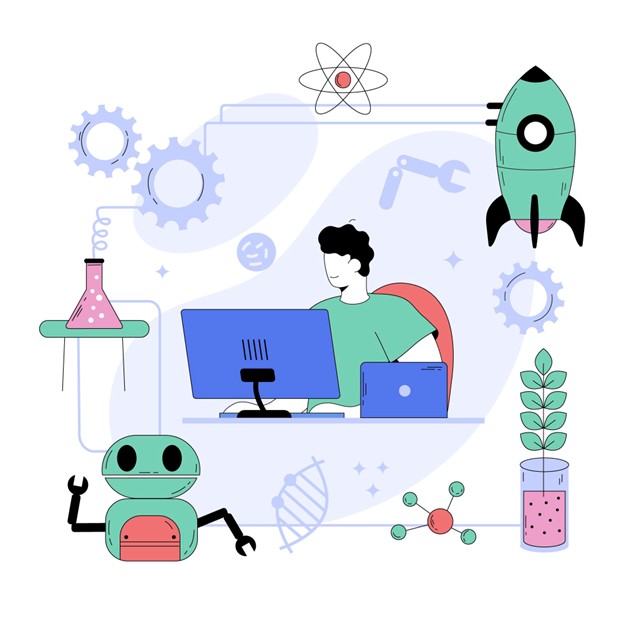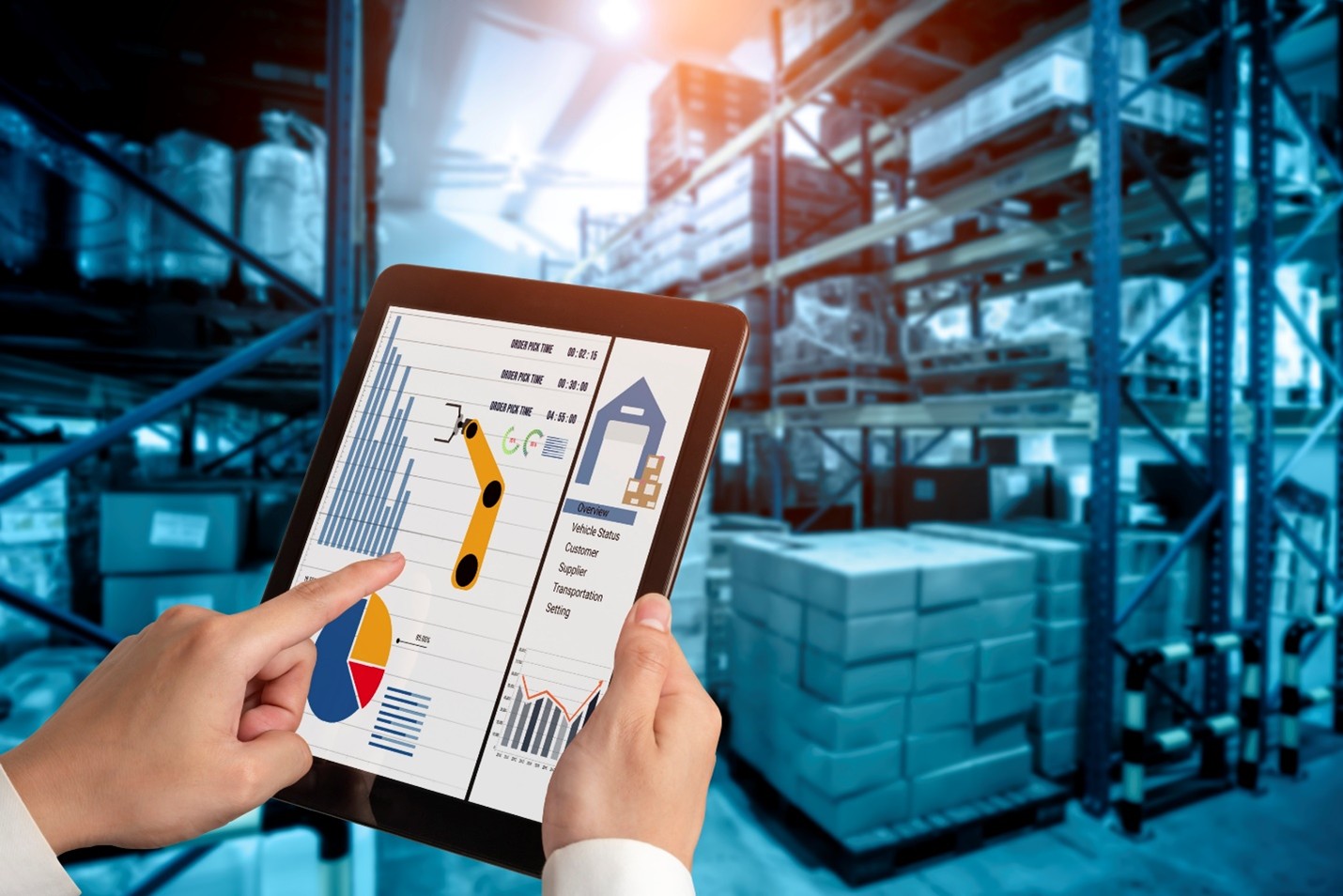In today’s fast-paced technology landscape, transforming an idea into a market-ready electronic product involves a comprehensive, multi-stage journey. The lifecycle of electronic product development includes rigorous electronic design engineering, structured electronics product design, and continuous electronic invention development. These steps not only ensure the functionality of the final product but also its market viability and regulatory compliance. This blog explores the full lifecycle, offering insights and best practices based on industry standards and evolving trends.
Stage 1: Ideation and Requirement Analysis
Every electronic product begins as an idea—a potential solution to a problem or a new way to engage users.
Key Actions:
- Brainstorm product functionality and user needs
- Define constraints like power, size, and budget
- Research market trends and competitor offerings
- Outline regulatory requirements and certifications
At this stage, electronic invention development focuses on assessing the feasibility and technical scope of the idea.
Stage 2: Concept Design and Initial Prototyping
With requirements defined, the concept enters the electronics product design phase, where mockups and basic schematics are created.
Core Activities:
- System architecture planning
- Alpha prototypes and breadboarding
- Simulation of circuits and behaviors
- Gathering early feedback from stakeholders
This helps test the concept’s viability and lays the groundwork for detailed electronic product development.
Stage 3: Detailed Electronic Design Engineering
Here, the focus shifts to precision. Electronic design engineering ensures the product can be manufactured and will function as intended.
Key Deliverables:
- Full schematic and PCB layout
- Component selection based on availability and cost
- Firmware and software development
- Design for manufacturability and testing
Stage 4: Functional Prototyping and Testing
The first complete prototype is created, incorporating all core elements. Validation is key.
Testing Includes:
- Electrical functionality and signal integrity
- Thermal and mechanical stress testing
- EMI/EMC and safety compliance
- Regulatory certification pre-checks (e.g., FCC, CE)
This stage solidifies the link between electronic invention development and real-world use cases.
Stage 5: Pre-Production Planning
Once the prototype is validated, electronics product design transitions into preparing for scaled manufacturing.
Tasks Involved:
- Finalizing BOM (Bill of Materials)
- Optimizing assembly and test processes
- Building production tooling and test jigs
- Coordinating with contract manufacturers
Attention to design-for-assembly (DFA) and design-for-manufacturing (DFM) helps streamline electronic product development.
Stage 6: Full-Scale Manufacturing and Quality Assurance
With planning complete, manufacturing begins.
Checklist:
- Supplier audits and sourcing verification
- Quality checks for each production batch
- Software pre-loading and configuration
- Packaging and logistics preparation
Quality assurance aligns closely with electronic design engineering to maintain consistency.
Stage 7: Market Launch and User Feedback
Launching your product involves more than shipping—it’s about engaging users and learning from them.
Launch Strategy:
- Marketing and distribution planning
- Customer support readiness
- Real-time user feedback channels
- Firmware update and bug fix systems
Post-launch feedback contributes to ongoing electronic invention development and future product iterations.
Common Challenges and How to Overcome Them
Issues Faced:
- Delays in component availability
- Misalignment between hardware and software teams
- Certification failures
- Budget overruns
Solutions:
- Use second-source components
- Conduct parallel development
- Engage third-party compliance consultants early
- Maintain contingency reserves
Overcoming these helps stabilize your electronic product development timeline.
Case Study: IoT-Based Home Automation Controller
A startup developing a smart home controller used structured electronic design engineering and electronics product design practices.
Results:
- From concept to production start in 9 months
- FCC compliance on first test
- Modular design enabled firmware upgrades
This iterative approach to electronic invention development led to fast market traction and high user satisfaction.
Industry Statistics: Why Electronic Product Development Matters
According to Statista, the global electronics manufacturing services (EMS) market is projected to surpass $1.1 trillion by 2030, driven by demand for IoT devices, smart home solutions, and connected healthcare products. This rapid growth highlights why structured electronic product development is essential for businesses aiming to stay competitive.
Expert Insights from IDP Engineers
“Prototyping isn’t just about proving a concept—it’s about uncovering hidden risks before they become costly in production.” – Lead Electronics Engineer, IDP
In-House vs. Outsourcing Electronic Product Development
| Factor | In-House Development | Outsourced Development (with partners like IDP) |
|---|---|---|
| Control | Full control over design and IP | Less direct control without strong communication channels |
| Collaboration | Direct collaboration between internal teams | Access to specialized engineers and facilities |
| Cost & Resources | Requires heavy investment in tools, labs, and talent | Lower upfront costs and reduced risks |
| Time-to-Market | Longer ramp-up times for startups | Faster time-to-market with established processes |
For many startups and SMEs, outsourcing often provides the most cost-effective and scalable solution.
Common Mistakes in Electronic Product Development and Design (and How to Avoid Them)
- Skipping Early Prototyping – Leads to costly rework later.
Solution: Build iterative prototypes from the start. - Ignoring Regulatory Requirements – Causes launch delays.
Solution: Plan FCC, CE, and UL compliance early. - Over-Optimizing for Cost – Sacrifices quality and reliability.
Solution: Balance affordability with long-term durability. - Poor Hardware-Software Integration – Results in user experience issues.
Solution: Encourage parallel hardware + firmware development.
Cost and Timeline in Electronic Product Development
The cost of developing an electronic product can vary widely depending on complexity:
- Simple IoT Device: $30,000 – $80,000, around 6–9 months
- Mid-Level Consumer Product: $100,000 – $250,000, around 9–15 months
- Complex Industrial System: $300,000+ and 18+ months
Timelines depend on prototyping cycles, certification requirements, and supply chain factors. Working with experienced partners reduces both costs and delays.
Future Trends in Electronic Product Development
- AI-Driven PCB Design: Artificial intelligence is being integrated into EDA (Electronic Design Automation) tools to optimize layouts and minimize human error.
- IoT Integration: More consumer and industrial products are embedding connectivity features for smarter ecosystems.
- Sustainable Electronics: Growing demand for eco-friendly materials, low-power designs, and recyclable components.
- Rapid Prototyping with 3D Printing: Faster iteration cycles, reducing time-to-market.
Final Thoughts
The journey from idea to market-ready product is complex but achievable with the right strategy. By following structured stages of electronic product development, integrating solid electronic design engineering, and adapting your electronics product design to market needs, your product can succeed. Add continuous electronic invention development to the mix, and you’ll not only launch a great product—you’ll lay the groundwork for sustainable innovation in the future.
Got an idea? Let’s turn it into a market-ready product.
At IDP, we help startups and businesses design smarter, build faster, and confidently launch. From concept to prototype to full-scale production—our experts are here to guide you every step of the way.
Ready to build it right the first time?
Let’s connect at https://innovativedesignproducts.com/get-started/ or call Jennifer Rivkind at 949.748.1902 to discuss your project and obtain a full explanation of our development process.
FAQs
Q1. What are the main stages of electronic product development?
A: The lifecycle includes ideation and requirement analysis, concept design and prototyping, detailed electronic design engineering, functional prototyping and testing, pre-production planning, full-scale manufacturing, and finally market launch with user feedback.
Q2. Why is prototyping important in electronic product development?
A: Prototyping allows engineers to validate design concepts, test functionality, identify flaws early, and ensure compliance with safety and regulatory standards before moving into mass production.
Q3. How does IDP support startups in electronic product development?
A: IDP helps startups turn ideas into market-ready products by offering end-to-end support—covering concept design, electronic design engineering, prototyping, compliance testing, and production planning—ensuring faster time-to-market and reduced risks.
Q4. What challenges do companies face during electronic product development?
A: Common challenges include component shortages, hardware-software integration issues, certification delays, and budget overruns. These can be mitigated through parallel development, using alternative components, and early engagement with compliance experts.
Q5. Why should businesses partner with IDP for electronics product design?
A: Partnering with IDP ensures access to experienced designers and engineers who follow structured development processes. This results in innovative, compliant, and user-focused electronic products that succeed in competitive markets.







